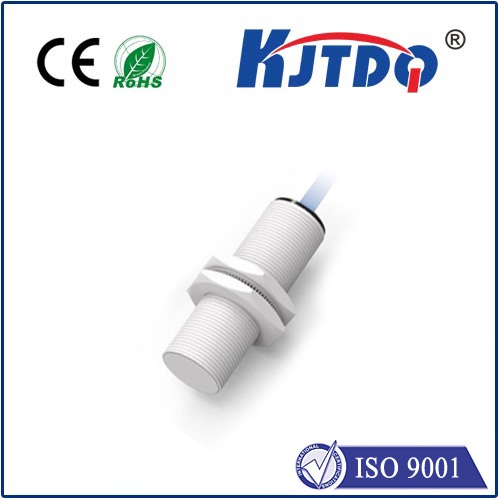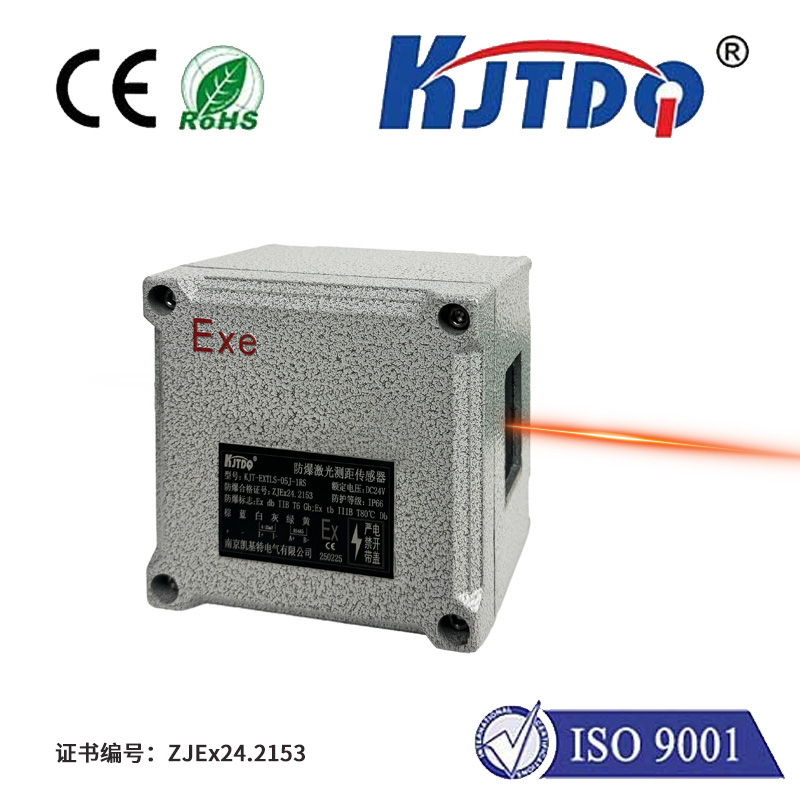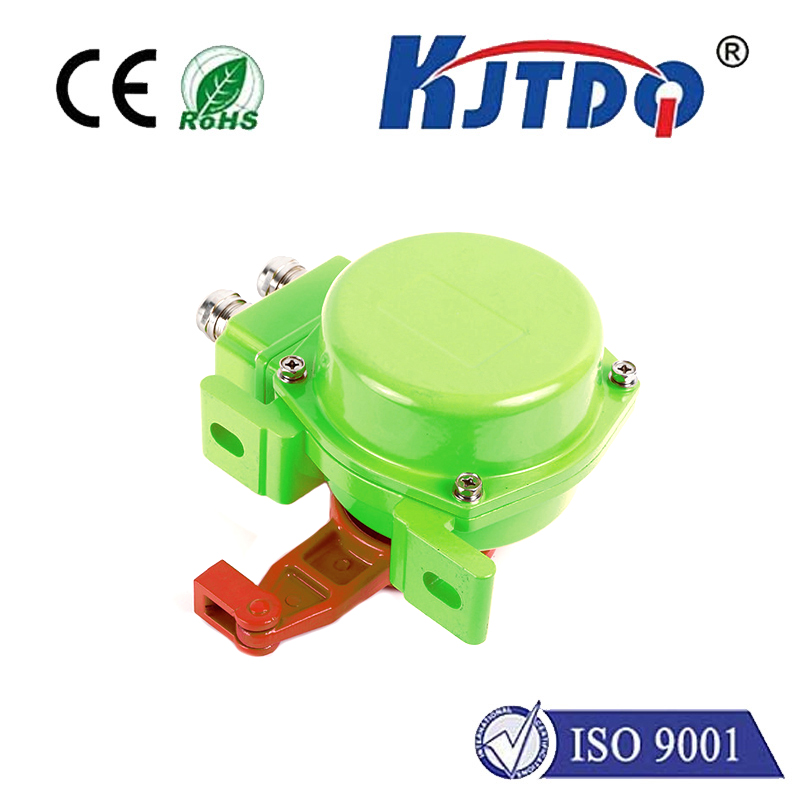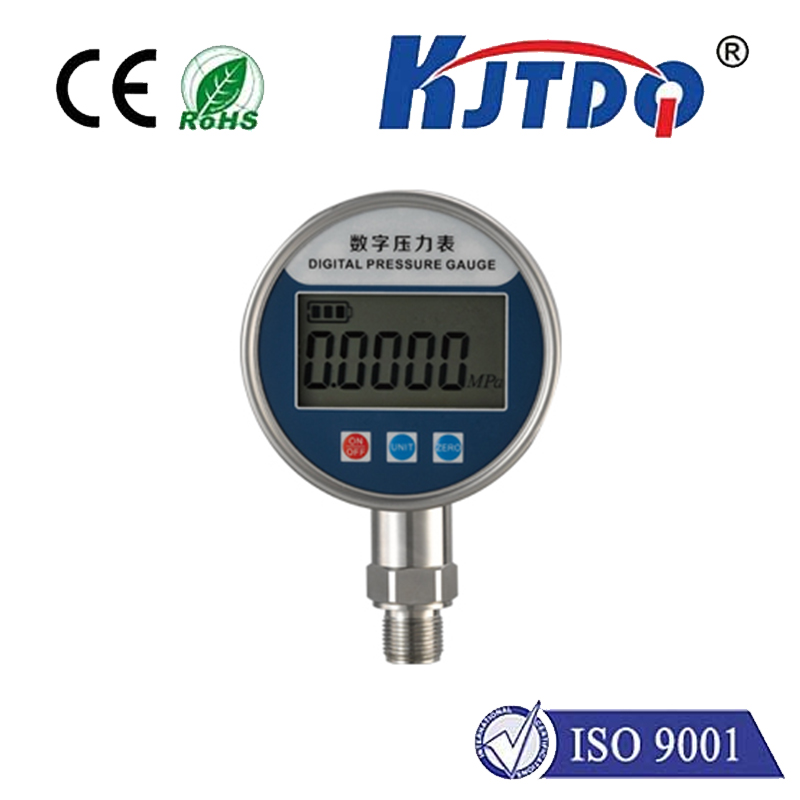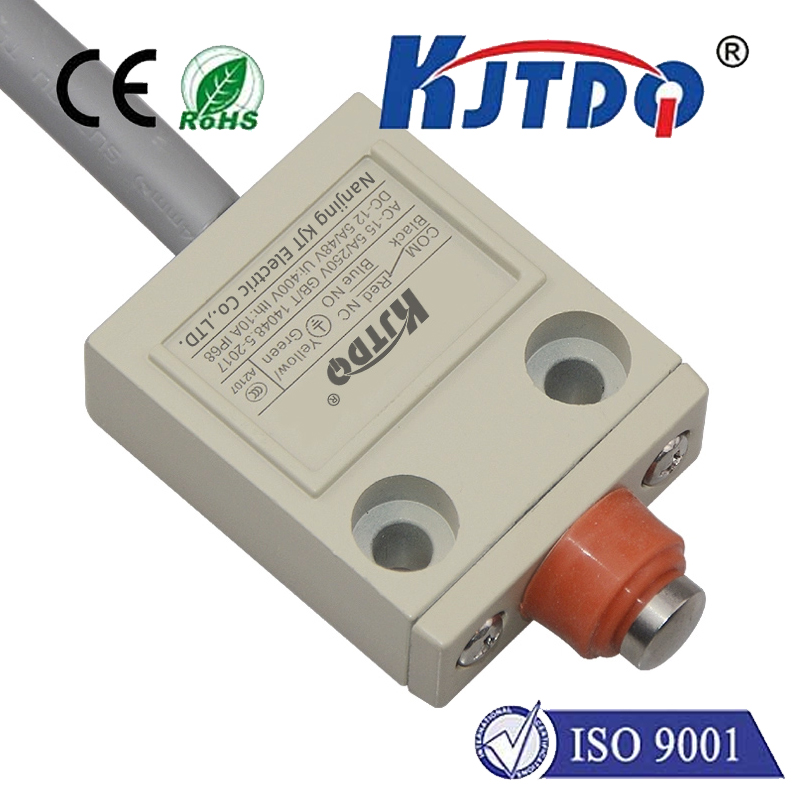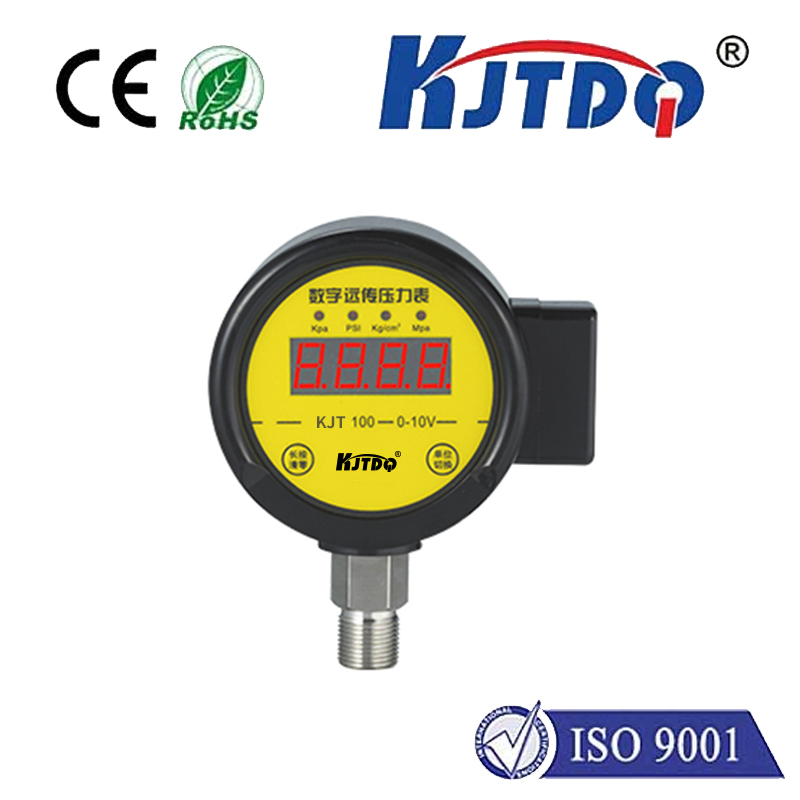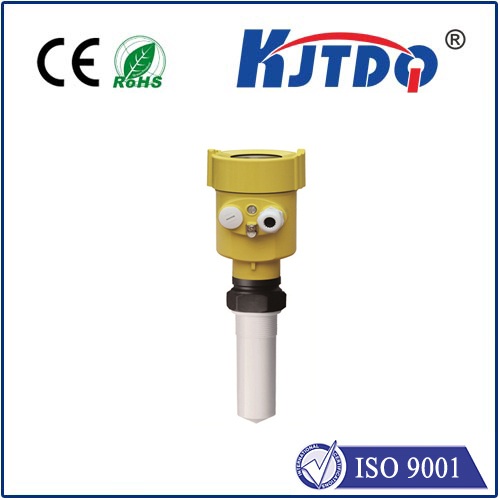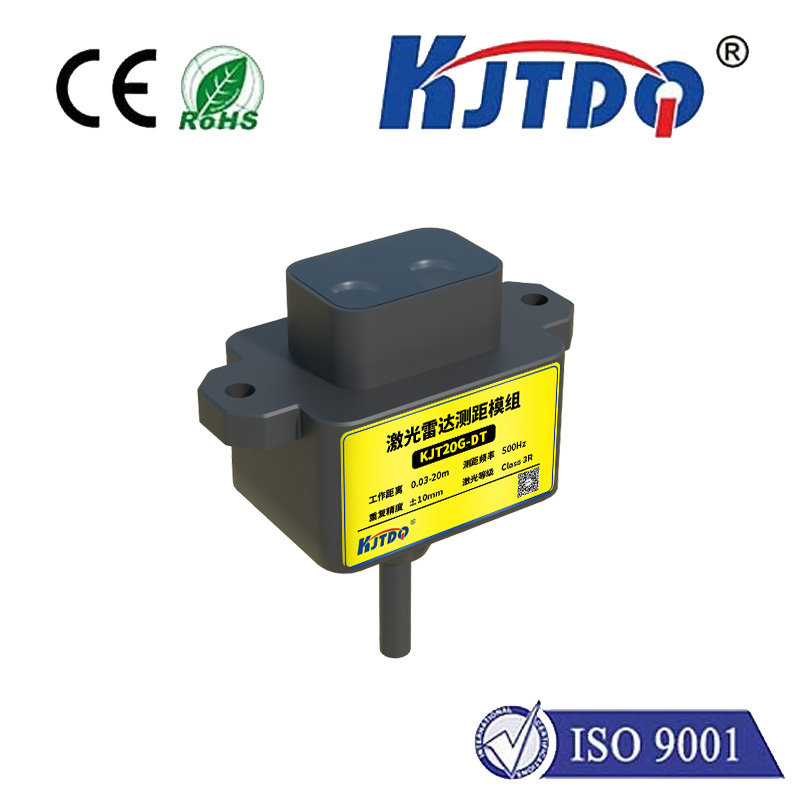

check

check

check

check

check

check

check

check

check

check
In an ever-evolving world driven by technology, the need for intelligent devices has become increasingly pressing. One such device that has been gaining traction in recent times is the proximity sensor controller. This innovative solution leverages the power of sensors to enhance communication, automation, and connectivity across various industries.
Proximity sensor controllers work by using infrared or ultrasonic sensors to detect the presence or absence of objects, people, or other devices in a given vicinity. These controllers can be programmed to perform specific actions based on detected signals, making them invaluable in applications such as security systems, inventory management, and automated manufacturing.
One key advantage of proximity sensor controllers is their ability to operate in real-time, providing accurate and timely data to optimize processes. By integrating these sensors with existing systems or platforms, businesses can achieve greater operational efficiency and streamline their workflows. Moreover, the flexibility offered by these controllers means they can be easily customized to suit specific requirements and environments.
However, while the benefits of proximity sensor controllers are clear, there are also challenges to consider. One major issue is the need for reliable and accurate data collection, which can be affected by factors such as interference from other devices or environmental conditions. Additionally, the cost of deploying such solutions may be a barrier for smaller organizations or those operating in developing economies.
In conclusion, the proliferation of proximity sensor controllers represents a significant leap in the field of smart technologies. As businesses continue to embrace automation and connectivity, these devices will undoubtedly play an increasingly important role in enhancing productivity, efficiency, and safety across diverse sectors. By addressing challenges such as data accuracy and cost, proximity sensor controllers have the potential to revolutionize the way we live and work.
